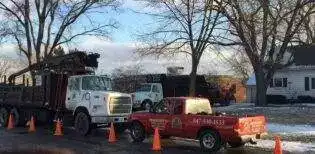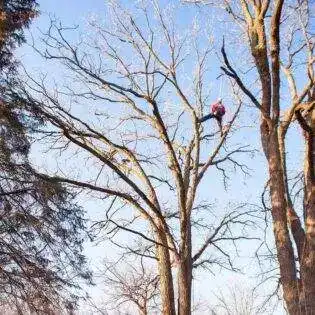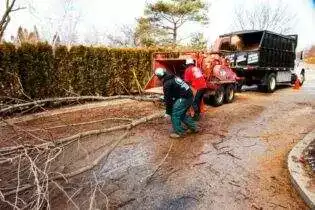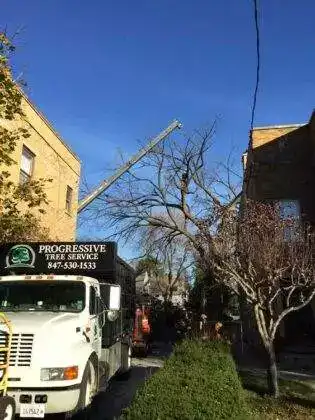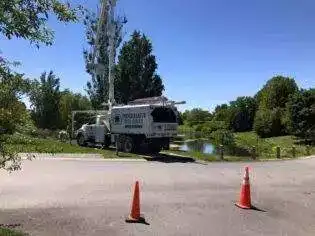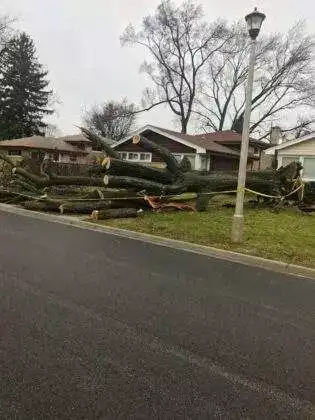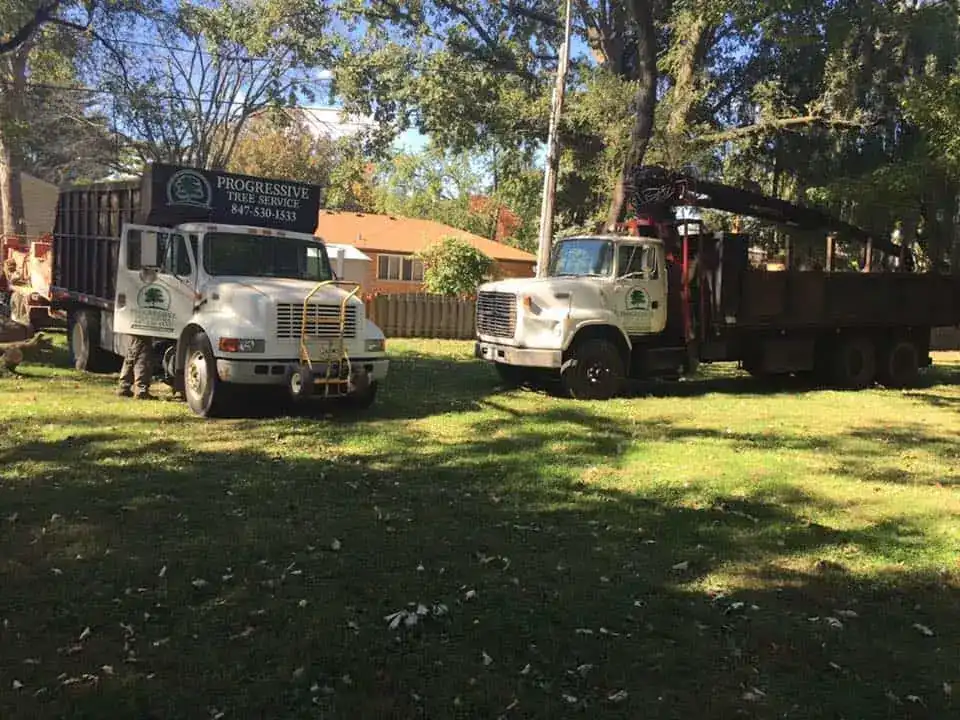What is Rhizosphaera?
Rhizosphaera needle cast is a disease commonly affecting spruce trees. It is caused by several fungal species in the genus Rhizosphaera. The ecology and pathogenicity of the fungi are poorly understood, but Rhizosphaera needle cast is often attributed to the species Rhizosphaera kalkhoffii.
The infection often starts on the inner, lower growth and progresses upwards with time. Disfiguration is the most common effect, but in some cases, especially with young trees, the plant dies.
Disease Cycle
Mild temperatures coupled with prolonged needle wetness provide ideal conditions for the disease. Thus, new Rhizosphaera infections typically begin during wet weather.
- The fungi first invade susceptible needles through the stomata, where it overwinters.
- In spring, the Rhizosphaera begin to mature with the fruiting bodies pushing through the stomata of infected needles.
- At bud break, the fungi fully mature, and when the conditions are right, release spores.
- The spores are then dispersed to other needles by wind or splashed by rain to the new growth. These are typically needles on interior branches in the lower canopy, where there is shade, airflow is limited, and moisture stays on needles longer.
- They enter the stomata of the healthy needles, and if the conditions are right, germination begins within the first 48 hours. If not, Rhizosphaera spores can linger on susceptible needles for weeks until the conditions become favorable for germination.
The disease will develop in infected needles for the next year, with symptoms remaining largely unexpressed for the entire period. One year from invasion, infected needles will bear mature fruiting bodies. These needles will turn yellow in summer, which becomes reddish-brown or purple by fall. In fall, the tree will cast most infected needles, but a few will remain on the tree.
Tree Species Affected
Spruce trees are most affected by this tree disease, but susceptibility varies between species.
The Colorado blue spruce (Picea pungens) is highly susceptible and the most affected of spruce species.
White spruce (Picea glauca) and Oriental spruce (Picea orientalis) are a bit more resistant than Colorado blue spruce. However, they become easily infected when grown under stressful conditions.
Norway spruce (Picea abies) is the most resistant spruce species. However, it too becomes susceptible to infection when grown under stressful conditions.
The disease can also affect other conifers like Douglas-fir, balsam fir, white pine (Austrian, mugo, and eastern), and western hemlock.
How to Identify Rhizosphaera infection
Symptoms of a Rhizosphaera infection take at least twelve months to become visible. Here is what you’ll see if your tree is affected;
- Black dots spread out in rows on the underside of infected needles. These are the fruiting bodies of the fungus and can be seen with the naked eye (they appear as sooty dust) or a 10X hand lens.
- Diseased needles on blue and white spruce first appear purple before taking a brow to straw-colored hue over time.
- You will notice premature needle shedding in heavily affected trees as the disease spreads upwards from the lower canopies. The lower foliage of mature trees may even be severely defoliated.
- This may be followed by lower branch dieback.
Note that Rhizosphaera symptoms begin on the inner and lowest canopies of the tree before progressing upwards. There are also a few diseases and conditions that are often confused with Rhizosphaera. Here is a list of such and how to distinguish their symptoms;
- Frost damage: Causes browning on the leaf tips
- Cytospora: This common disease of spruce turns branches brown and forms cankers on trunks and branches.
- Sunscald: Browning of foliage on the west and south-facing sides of the tree.
Of course, the best way to confirm Rhizosphaera would be to have an arborist check your tree the moment you suspect an infection.
Consequences if Left Untreated
Affected trees assume a pretty unpleasant appearance as the disease spreads to the upper branches. This is accompanied by a loss of needles and branches each year before the tree eventually dies.
Treatment
After diagnosis, you should begin fungicide treatment, which should be applied when new needles begin to emerge in spring. Depending on the scale of infection, you will notice improvements after a few months to several years of fungicide application.
The disease can also be managed by pruning infected branches.
Prevention
If you don’t want to go through the whole treatment process, you can always take a few prevention measures. These include;
- Planting resistant spruce species like Norway spruce.
- If possible, plant spruce trees grown from local seed sources as they are best adapted to local conditions.
- Plant trees on well-drained soils on sites with lots of sunlight
- When irrigating, make sure the water does not spray the needles.
- Remove all weeds, fallen needles, and sticks from under the trees.
- Maintain good air circulation around your spruce trees. Use the mature size of trees as a guide to ensure they are properly spaced when planting.
